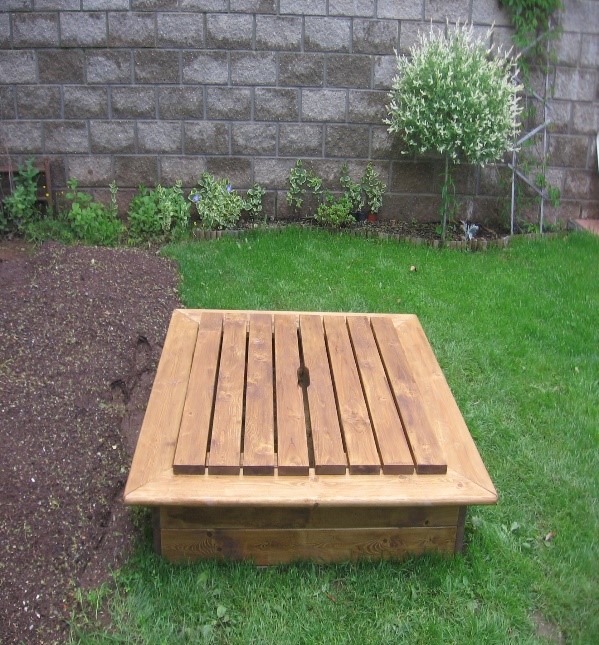Sandpits
SANDPITS
Sandpits are a fun way for children to meet other children and to build and model objects out of sand. To ensure that children gain the best experience from your sandpit it is important to consider a few basic construction and maintenance guidelines.
Size
- Ideally one large sandpit is preferred to several smaller ones.
- Make sure you have enough space for your sandpit and make it as large as possible. Size is dependent on the number of children using the service, but a general guideline is 15m² for 20 children, 30m² for 40 children, and 40m² for 60 children.
Setting
- Sandpits are traditionally seen as part of the quiet play space and it is important, they are located to discourage others from running through them.
- Corners of playgrounds and against fences are preferable. The inclusion of natural elements such as dry creek beds and plantings has become popular.
- If you are considering incorporating boulders into your sandpit, the rocks should be large enough to sit on or to be used as small building decks and should measure from 300-700mm across and 300-450mm high.
- The rocks should be positioned so they cannot be moved or tilted and most importantly rocks must have any sharp edges rounded off.
- Plantings should come up to at least one edge of the sandpit and include groundcovers, strappy plants, and shade trees.
Construction
- The sides may either be formed from timber logs or concrete with the edge and paved areas constructed from concrete or pavers.
- The edge facing the sandpit should not present a sharp corner/surface.
- Paved Surround A 700 mm wide paved edge surrounding the sandpit provides an easy to sweep surface that helps keep the sand in place and is good for pushing cars around on.
Drainage
- Water is an essential ingredient in sand play, so ensure that your sandpit has access to water, and that it has adequate drainage. Adequate drainage includes the installation of a drainage membrane /geotextile fabric separating the sand from the gravel subbase.
- If the site is not free draining install Ag pipe located within the gravel and connect to the storm water system to aid drainage.
- Your sandpit should be inspected daily and maintained regularly.
- The sand should be raked over to remove debris, turned over to aerate sand and replenished when the sand level drops.
Cleaning
- The sand can also be watered periodically with a bleach solution to kill germs.
- A solution of sodium hypochlorite of 400grams to 20 litres of water when applied with a plastic watering can will treat 8 cubic metres of sand.
- Always add the chemical to the water and stir well, rinsing utensils with clean water immediately after use.
- Never allow undiluted sodium hypochlorite to come in contact with metal.
Covers - see example in photo below
- Sandpits should be protected with a tightfitting animal and vermin proof cover when not in use (for example, with a tarpaulin or shade cloth).
- Kidsafe Tasmania recommends the use of shade cloth for a sandpit cover as it allows water to permeate through without pooling on top of the cover.
- For regular shaped sandpits, a square piece of shade cloth may be attached to a piece of hollow PVC pipe.
- For irregular shaped sandpits, a cover may be assembled from a piece of shade cloth with a heavy galvanised chain sewn into the hem to keep the cover in place.
- Some sandpit covers also function as shade cover when hoisted above the sandpit during the day.
- Avoid creating trip hazards with the placement of raised fasteners for covers raised within the surrounding play bench.

Shade
- Kidsafe Tasmania recommends that sandpits should be adequately shaded.
- Deciduous trees can be used to provide shade in summer with open branches allowing the sun to filter through in winter.
- A shade structure with removable sails may be preferred whilst the surrounding trees become established.
Sand
- Selection Sand selection is important.
- Washed beach or river sand is recommended.
These are recommendations for backyard sandpits.







